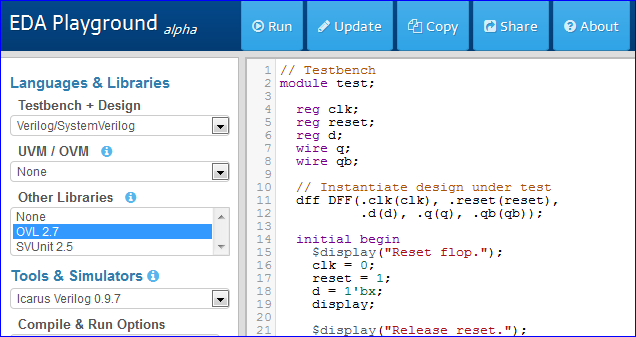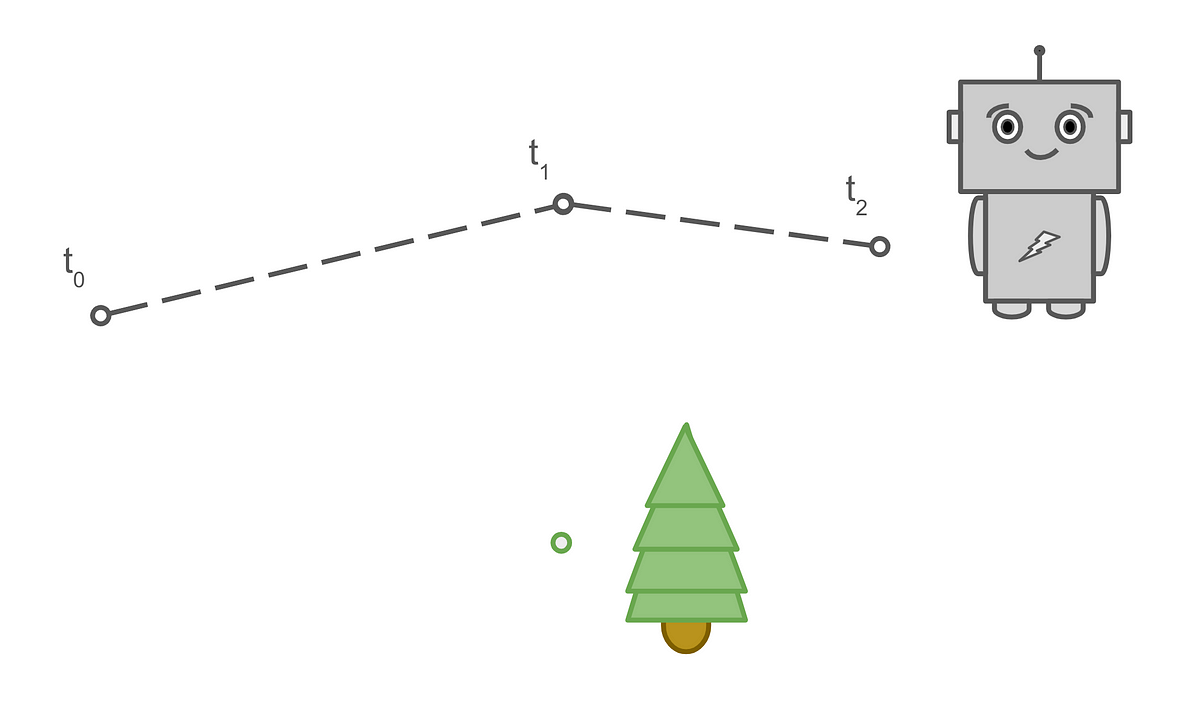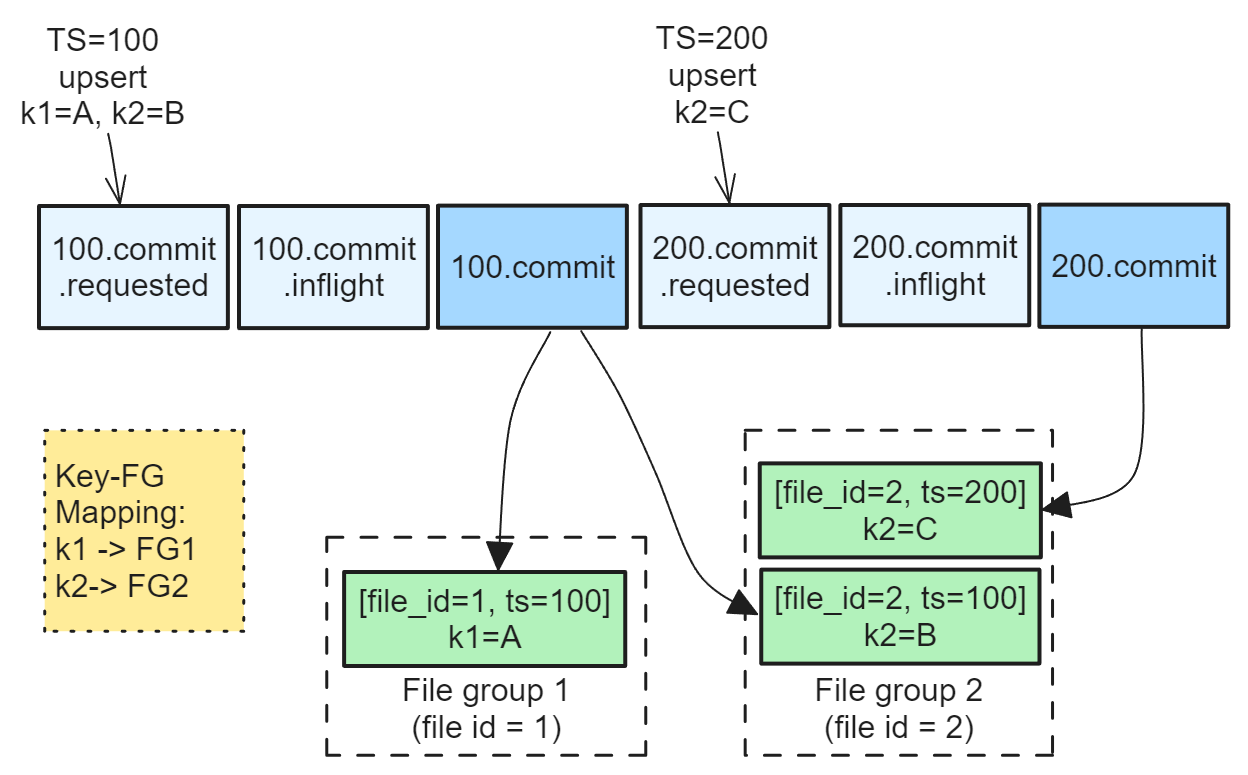
Chess notation - Overleaf, Online LaTeX Editor
This article explores the basics of chess typesetting, including brief reviews/summaries of some chess conventions that you might encounter in LaTeX chess package documentation. Readers who don't need that introductory material can jump straight to the LaTeX package examples.
The CTAN repository lists a number of chess-related packages, so you may be wondering which one to choose? This article uses the xskak package, which is highly recommended for typesetting chess due to its wide range of features, extensive configuration options and excellent documentation. xskak loads and extends the original skak package and also loads the chessboard package which provides a huge range of options to configure and create chess boards.
The examples provided by this article cannot substitute for the excellent documentation accompanying the xskak and chessboard packages, which we strongly encourage you to browse, review and explore because both sets of documentation contain numerous, and very helpful, examples.
Note: Both skak and xskak can parse and typeset chess games in (a subset of) the Portable Game Notation (PGN). xskak extends the subset of PGN supported by skak.




















